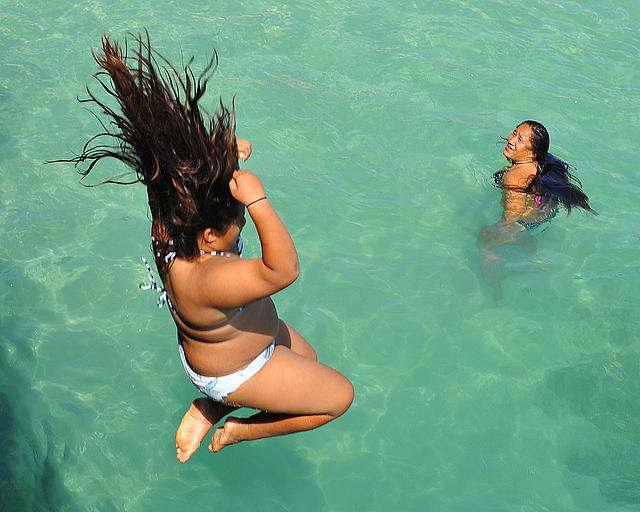Native Hawaiians overrepresented in Hawaii's foster care system

Less than a decade ago, Native Hawaiians represented about a third of the children in Hawaii’s foster care system.
That was in line with the state’s overall census numbers.
Today, the picture is much different. While Native Hawaiians still make up a third of the children living in the islands, they comprise half the state’s foster population of 2,200.
Although the actual number of Native Hawaiians in foster care actually has declined over the past five years, the overall foster population has dropped by substantially more.
That has resulted in Hawaiians each year making up a larger portion of the total, hitting more than 49 percent in 2014. By contrast, the percentages for most other racial groups declined or remained flat over that five-year period.
The growing disparity has attracted the attention of child welfare advocates, state authorities and others and has resulted in a variety of initiatives to address the problem. Yet few inroads have been made to reverse the trend.
Why is that? Are parents of Hawaiian children more abusive than others or are they being judged by different standards? Are their children more likely to remain in foster care and less likely to be reunited with their families? What initiatives seem to show the most promise in addressing the overrepresentation?
Those are among the questions I plan to address in a multi-part series for my Fund for Journalism on Child Well-Being project, a program of the National Health Journalism Fellowship.
As with many social ills that disproportionately afflict Native Hawaiian adults – from higher incarceration and disease rates to lower levels of education and incomes – the disparity in foster care is partly linked to a loss of cultural identity, according to some advocates.
To understand why so many Native Hawaiian children are removed from abusive homes, the advocates say, one has to understand the history of an indigenous people who largely have lost control of their lands and whose traditions and customs have been marginalized and undermined for generations.
That perspective has given rise to more culture-based approaches. Several years ago, for instance, the state organized an "aha" (Hawaiian for gathering or assembly) to bring together Hawaiian groups and others to discuss new problem-solving strategies to address the overrepresentation. But there's little data yet to gauge success.
One area I intend to examine is whether the abuse these children suffer in their early years contributes to problems later in life. Are Hawaiians who spend years in foster care, for instance, more likely to become jobless, homeless or incarcerated as adults? Is foster care a factor in explaining the disparity among Hawaiian adults in measures related to poverty, poor health and crime?
With part of the grant money, I plan to host "talk story” sessions – informal gatherings – on Kauai and the Big Island, the two neighbor islands with the highest percentages of Native Hawaiians in foster homes. The sessions will be held early in the reporting process. The idea will be to meet with Hawaiians in their communities to gather ideas on what they would like to see addressed in the series.
I also intend to partner with a Native Hawaiian-owned and operated television station, which has significant viewership in Hawaiian homestead communities, to disseminate the series or to develop original content. We want the information from this project — especially ideas about solutions — to reach as many Native Hawaiians as possible.
[Photo by Chris Hunkeler via Flickr.]

